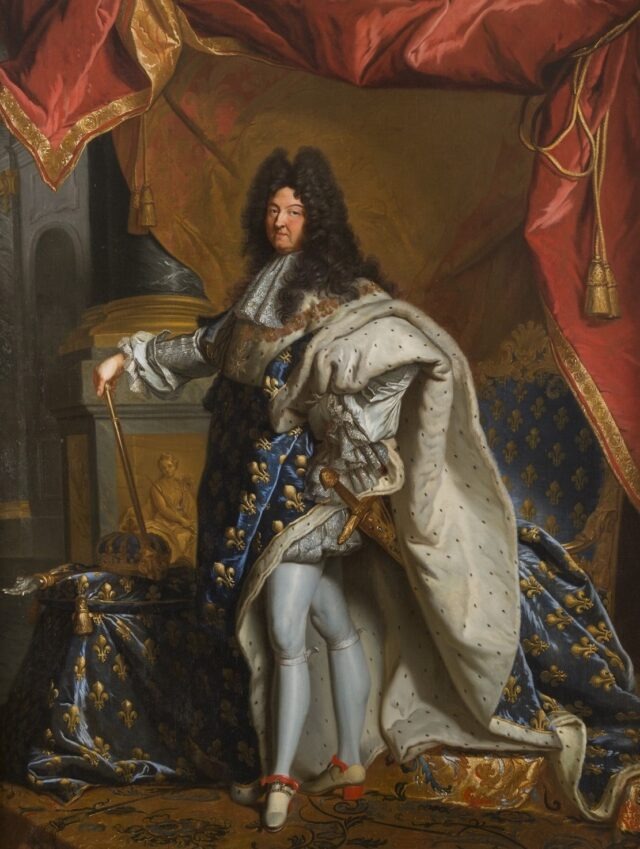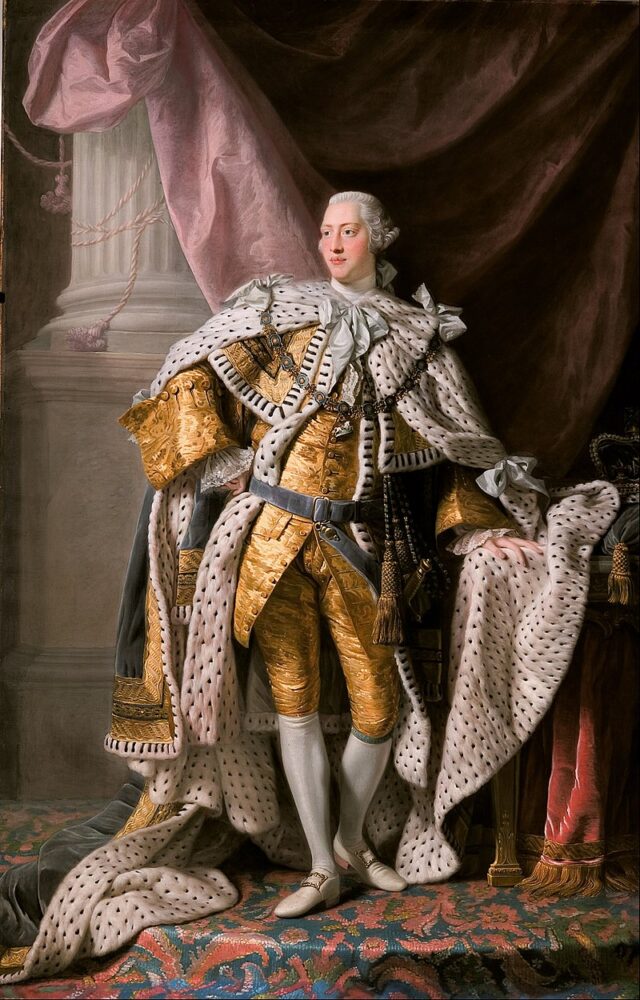From Publishing Perspectives:
The United Kingdom’s BookTrust, a nonprofit agency engaged in promoting and supporting children’s reading, has presented two late-autumn reports on young people’s books and creators of color—writers and illustrators.
They arrive near the time when schools are emptying for a holiday break. There’s time, we’d all like to think, for contemplation of what might be done in a new year. These studies—one qualitative and one quantitative—offer a look into a major international market’s experience in searching for the wholeness so many societies need to develop, through young people’s literature and its producers.
Children’s literature in recent years has served as a robust communications channel in topics of diversity and inclusion. Many parents and educators appreciate the assistance that books can offer in helping to raise children less encumbered than earlier generations with bias, however unconscious.
In its new studies released in England, the BookTrust program has focused on what children’s reading and reading-education programs reveal about racial diversity questions, specifically about who is writing and illustrating young people’s content.
Issues of diversity are among those that British publishers, led by the Publishers Association, are admired for having taken especially seriously among international markets. On the other hand, research commentary from BookTrust’s reporting indicates, “Creators we spoke to raise[d] concerns that some publishers are engaging superficially with issues of exclusion and under-representation. They worry that the push to publishing creators of color has become either a trend or a tick-box exercise and that engagement with representation will not be sustained.”
As in so many difficult and pressing social issues, earnest viewpoints can be miles apart.
Needless to say, a 43-page and 23-page study, landing at once on journalists’ desks is not something those journalists can fully encapsulate in the news media. We recommend that, if interested, you have a look at both.
The first examines those who write and/or illustrate children’s books in the UK market—how many of them are of color?
Link to the rest at Publishing Perspectives
PG asks if annoying and oh-so-polite terms like, “how many of them are of color?” originated in the United States or sprang up independently in Britain, then crossed the Atlantic like the redcoats of George III.
PG is not going to enter the waters of diversity, equity and inclusion, but one of the genre’s most annoying characteristics (at least for PG) is the precious circumlocutions that have sprouted along its path. The rules of DEI speech are more rigid and complex than the court rules of Louis XIV.


One wonders just how much of the DEI language concerning which PG raises some concerns is an overreaction to associations between the “old school” referents and outright racism. The obvious example is the relationship between Negro, particularly its Romance-language cognates, and {that word that shall not be used also beginning with the same letter}, but the (several) slurs derived from “Hispanic,” the failure to understand the difference between sendai and nisei, etc. may have led to “So we can avoid failures of the past, we’ll use New! Improved! designations.”
Not that, as an officer during the Reagan years, I ever encountered anything like that. Just remember that the official designation of a “retreat” in the 1960s-era Army field manual for military maneuvers was “retrograde motion” and you’ll see where my suspicions arose.